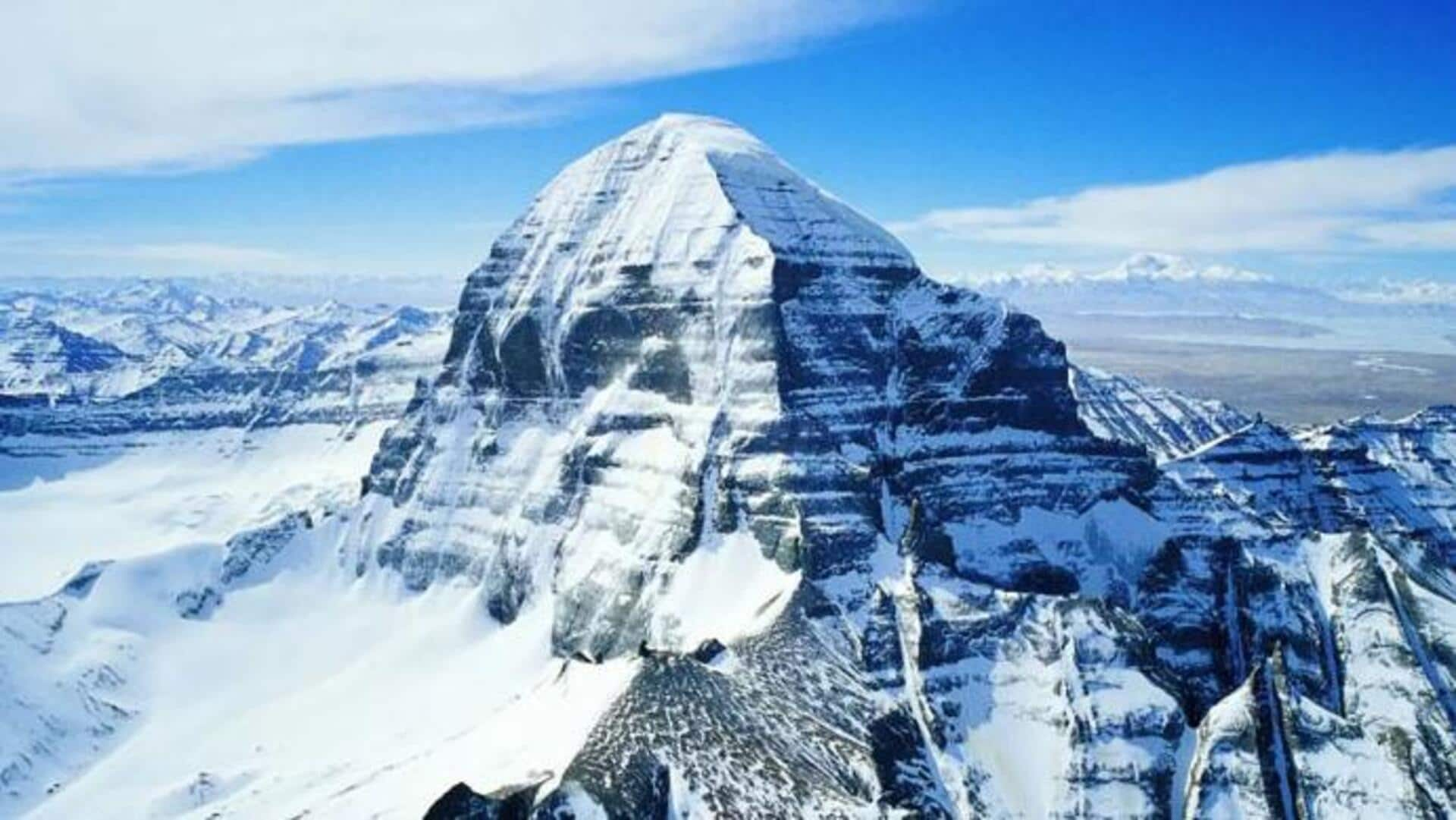
Journey to Mount Kailash with this travel guide
What's the story
Mount Kailash in Tibet, standing at 6,638 meters, is more than a mountain; it's a revered pilgrimage site for multiple religions. Despite its remote location and challenging access, it attracts thousands of pilgrims and adventurers annually with its mystical appeal. Refer to this travel guide.
Pilgrimage circuit
Embark on a spiritual trek
The primary activity at Mount Kailash is the Kora or Parikrama, a sacred 52-kilometer circumambulation. This three-day trek starts in Darchen, at the mountain's base, and passes through high-altitude areas and serene lakes like Gauri Kund. Believed to bring good fortune and wash away sins, it showcases Tibet's stunning landscapes, making it a spiritually enriching journey for visitors.
Spiritual sites
Explore ancient monasteries
Around Mount Kailash lie several ancient monasteries that offer insights into Tibetan Buddhism's rich history and culture. Two notable ones are the Rongbuk Monastery near Everest Base Camp and Tholing Monastery in Zanda Earth Forest Area. Visiting these monasteries provides an opportunity to witness Buddhist monks' daily lives and explore intricate murals and religious artifacts dating back centuries.
Local life
Experience authentic Tibetan culture
A trip to Mount Kailash also offers a unique chance to immerse oneself in authentic Tibetan culture by interacting with local nomads who inhabit this region. Visitors can learn about their traditional lifestyle, which has remained largely unchanged over centuries. This includes understanding their practices of yak herding, wool weaving, and other daily activities that reflect their harmonious existence with nature.
Sacred waters
Witness serene Lake Mansarovar
Nearby Lake Mansarovar, a spiritual site near Mount Kailash, is revered in Hindu mythology as created by Lord Brahma. Its waters are believed to have healing properties. Pilgrims engage in rituals and holy dips despite its cold temperatures. The lake's serene beauty is enhanced during sunrise or sunset, with colors reflecting on its surface, creating a peaceful atmosphere.